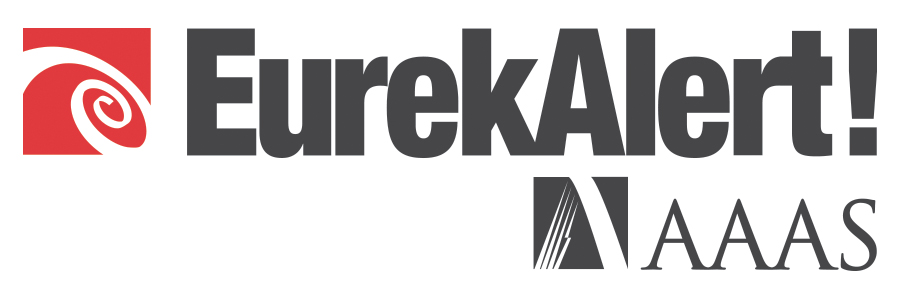
HONOLULU, Feb. 7, 2019 — Minimally-invasive surgery to remove blood from the brain along with intermittent dosing of a clot-busting drug after a brain bleed may not improve function better than medical therapy but it was associated with fewer deaths, according to late breaking science presented at the American Stroke Association’s International Stroke Conference 2019, a world premier meeting for researchers and clinicians dedicated to the science and treatment of cerebrovascular disease.
The research study – Minimally Invasive Surgery Plus Alteplase for Intracerebral Hemorrhage Evacuation (MISTIE III), which will be simultaneously published in The Lancet – tested if catheter-based removal of blood from intracerebral bleeding could improve the proportion of patients with mild to no disability at one year.
There is currently no effective surgical treatment for intracerebral hemorrhage, which is the most common type of lethal brain bleed. The MISTIE procedure avoids the damage of traditional craniotomy by using imaging to guide placement of a soft tube into the blood clot through a small hole in the skull to remove large amounts of blood and toxic blood components.
The study included 506 stroke patients (average age 62; 62 percent male) from 78 sites who were randomized to medical therapy or to a standardized, low mechanical impact procedure with suction and up to three days of gentle irrigation with the clot-busting drug alteplase. Two hundred and fifty-six patients were randomized to the MISTIE procedure and 250 to medical therapy. Functional recovery was compared at one year after stroke.
Researchers found:
* Good recovery was achieved in 45 percent of MISTIE patients and 41 percent medical therapy patients.
* 9 percent of patients in the MISTIE group died while 15 percent of the medical therapy patients died.
“The trial confirmed that removal of the blood clot using the MISTIE procedure can be done safely as compared to supportive therapy. But there was no difference in functional recovery between those in the surgery group and the medical group,” said Daniel F. Hanley, M.D., professor of Acute Neurology and director of the Division of Brain Injury Outcomes at Johns Hopkins University in Baltimore. “The trial results do suggest that patients have improved functional recovery when the blood clot size is reduced to about 3 tablespoonsful or less of blood. This will require further study, but, at a minimum, the trial data provide a sound basis to avoid limiting care in patients with large brain blood clots.”
###
Co-authors and disclosures are noted on the abstract.
The National Institute of Neurological Disorders and Stroke (NINDS) funded the study and Genentech Inc. donated alteplase.
Note: Scientific presentation is 11 a.m.Hawaii Time/4 p.m. Eastern Time, Thursday, Feb. 7, 2019.
Additional Resources:
* VIDEO: Miguel Perez-Pinzon, Ph.D., FAHA, Chair, International Stroke Conference 2019 Program Committee, offers overviews and perspective on late breaking science via downloadable Skype video (transcript provided) available on the right column of the release link https:/
* Stroke treatment options
* For more news from AHA International Stroke Conference 2019, follow us on Twitter @HeartNews #ISC19.
Statements and conclusions of study authors that are presented at American Heart Association scientific meetings are solely those of the study authors and do not necessarily reflect association policy or position. The association makes no representation or warranty as to their accuracy or reliability. The association receives funding primarily from individuals; foundations and corporations (including pharmaceutical, device manufacturers and other companies) also make donations and fund specific association programs and events. The association has strict policies to prevent these relationships from influencing the science content. Revenues from pharmaceutical and device corporations are available at https:/
About the American Stroke Association
The American Stroke Association is devoted to saving people from stroke — the No. 2 cause of death in the world and a leading cause of serious disability. We team with millions of volunteers to fund innovative research, fight for stronger public health policies and provide lifesaving tools and information to prevent and treat stroke. The Dallas-based association officially launched in 1998 as a division of the American Heart Association. To learn more or to get involved, call 1-888-4STROKE or visit StrokeAssociation.org. Follow us on Facebook and Twitter.
Disclaimer: AAAS and EurekAlert! are not responsible for the accuracy of news releases posted to EurekAlert! by contributing institutions or for the use of any information through the EurekAlert system.

